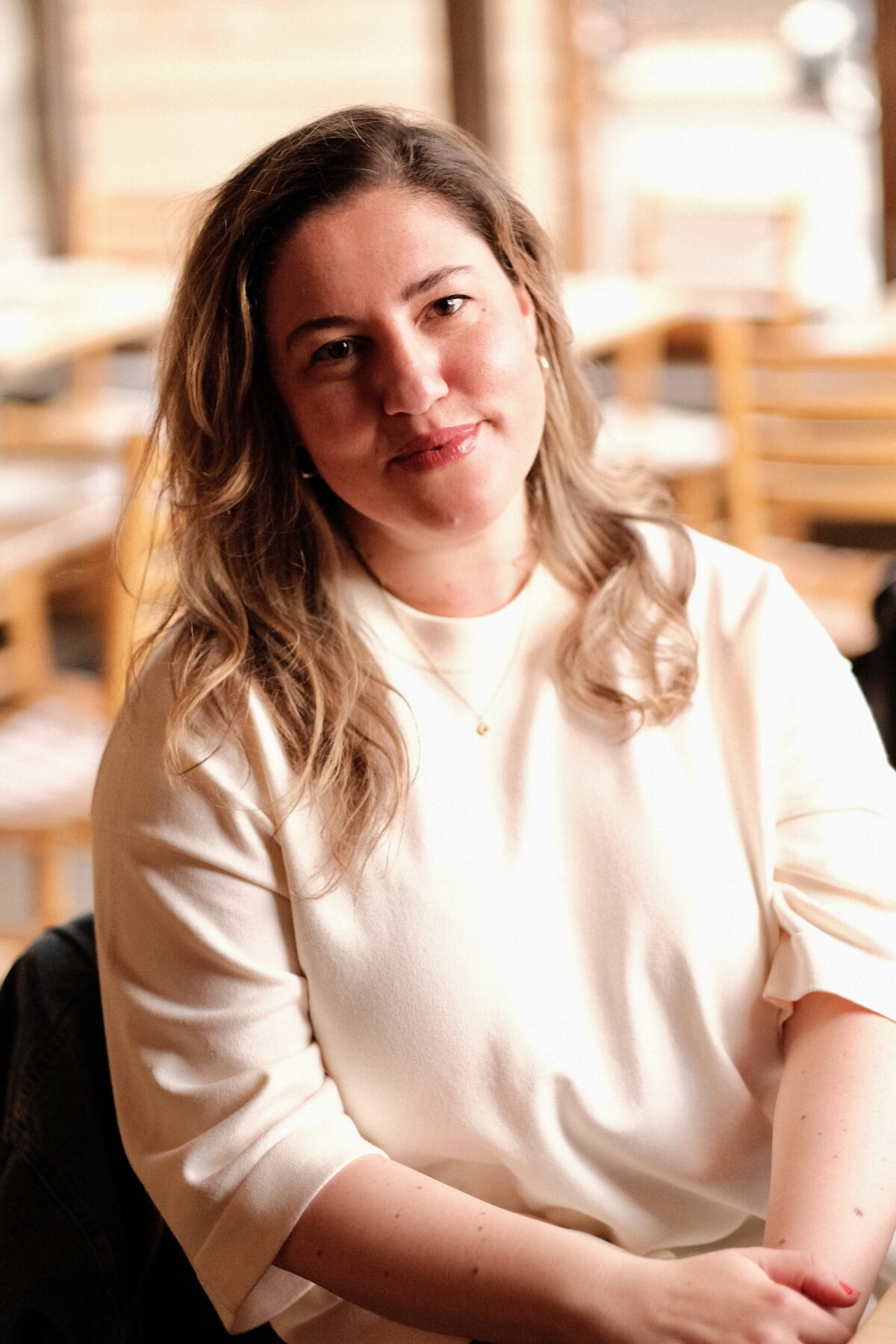
Two years ago, journalist Marisa Kabas was frustrated with pitching publications. She would email editors thorough pitches, only to get ghosted, rejected or forced to prove to them the story was worth paying for. She knew it was time to prioritize her newsletter, The Handbasket, to tell the stories she wanted to tell.
“I was at the point where I really trusted my own instincts, but the time and energy it took to get editors on board was proving to be a barrier to what I actually wanted to do,” Kabas said. “I wanted to keep writing. I had things to say. I just needed a platform to say them.”
In January, The Handbasket gained national attention when Kabas was the first to report on government grants being frozen. By building credibility, more scoops followed — and so have readers. Today, she has over 30,000 subscribers, including 4,000 paid, making the newsletter 100% reader-funded.
The number of Stubstack journalists covering news and politics who make over $1 million doubled in 2024, according to Axios. But independent journalists aren’t the only ones starting newsletters. Established media publications are also turning to the platform to keep audiences engaged. Ninety percent of Americans say that they subscribe to at least one newsletter, according to Columbia Journalism Review.
“As a marketer, I understood very early on in my career the way a newsletter can drive traffic and connect you with the people you want to be connected with for a longer period of time,” said Jeffrey Yamaguchi, who runs the newsletter Book Publishing Brick by Brick and has run newsletters at publishing houses. “It’s not ephemeral like social media is. If you’ve got a strong newsletter, you have a really strong tie to the people that you want to be connecting with.”
I spoke with several newsletter founders and editors about how they’ve built engaging, successful newsletters. Here’s what they had to say.
Find your niche
Many journalists have found that the key to newsletter growth and success is digging into a specific focus. Former Wall Street Journal staffer Elizabeth Holmes’ newsletter So Many Thoughts has nearly 80,000 subscribers reading about the British royal family’s style. Writer Melanie Ehrenkranz’s newsletter Laid Off found its niche by sharing the experiences of terminated workers across industries, and it now has over 11,000 readers.

During his freshman year, University of Southern California journalism student Tomo Chien started his daily newsletter Morning, Trojan — aggregating the top five stories for USC, Los Angeles and California — to bolster news literacy among his classmates. Now, he also incorporates university breaking news.
“The goal has always been to fill niches that aren’t being filled,” said Chien, now a senior and a full-time reporter at The San Francisco Standard. “Other outlets do a good job of covering USC, but they’re for a general audience. There was a need for a student news outlet that would cover all the granular news about USC that people want.”
He’s landed scoops that have ranged from a humorous IT vulnerability to tracking the university’s layoffs and budget crisis. The newsletter has nearly 10,000 subscribers, bolstered by those exclusives, and has even attracted prominent professors to write op-eds.
Even with his breaking news and scoops driving 9 out of 10 of new subscribers, Chien sees both the daily aggregation email and his exclusive reporting as crucial to Morning, Trojan’s success.
“What the briefs are doing for the scoops is that they are retaining the audience, and they are building the brand recognition,” Chien said. “And because it is my name on that byline every morning, there’s a degree of reader trust with me as a person. That drives people to give us tips that then become scoops, so it’s a positive feedback loop there.”
Trust your voice

With a background as a lifestyle reporter, Kabas didn’t intend for The Handbasket to focus on scoops about the federal government. But her tips and scoops continue to grow.
“That’s what I started to become known for, which was a surprise to me, too, because that was just not the plan,” she said. “But it’s been cool to learn a new area of journalism. I’ve had to adapt really fast.”
While some newsletter editors obsess about statistics like open rates and click-through rates to see what readers want, Kabas follows her journalistic instincts and tips — and it’s helped her earn her subscribers’ trust.
“I don’t write things because I think it’s what people want. I write things because I find them interesting and worthwhile,” she said. “And recent history has shown that people have agreed with my assessment of what should be printed.”
Part of building that trust is realizing that newsletters, as a platform, can be more casual and conversational.
“In [traditional] journalism, we usually aren’t afforded that freedom,” said NBC News newsletters and platforms editor Christian Orozco, who writes the daily newsletter, The Morning Rundown. “Definitely find your voice, and then once you find your voice, don’t be afraid to be your own editor.”
Listen to some reader feedback
The Morning Rundown goes beyond the standard news-outlet format of aggregating top headlines by giving readers context about how the news will affect things to come.
“We’re not trying to rehash yesterday’s news,” Orozco said. “Our reporters do a really good job of being on top of breaking news, and then, it’s up to us on the platform and newsletter side to really give context to the readers of how this is going to unfold and what’s next.”
Prior to NBC News, Orozco worked on Los Angeles Times’ newsletters. He said it doesn’t take long after a newsletter arrives in readers’ inboxes for him to receive direct feedback.
“No matter what newsletter I’ve worked on, you have this very vocal reader group, who will let you know if they think you’re not doing a good job,” he said. “But if multiple people are saying, ‘We want to see more of this,’ it’s something to consider.”
For instance, while Orozco worked on the Times’ Central California newsletter, he soon realized the demographic skewed older, which changed the content he included in the newsletter.
“We started being very intentional about the topics we wrote about, like retirement funds being affected by certain policy changes,” he said. “And then from there, we actually saw stories that have our highest open rates.”
Don’t rush to offer paid subscriptions
With platforms like Substack and BeeHiiv, it can be tempting to rush right into turning paid subscriptions without understanding what subscribers would be willing to pay for — or if going “paid” even fits your niche.
For instance, the subscribers of my West Coast Media Jobs newsletter have told me it would be egregious to charge job seekers — many of whom are currently unemployed — for access to the newsletter, and I agreed, which is why it remains free.
Using his experience running email newsletters for book marketing, Yamaguchi started Book Publishing Brick by Brick two years ago and has built it up to 1,500 very engaged subscribers. Given the point of the newsletter — strategies for marketing and publishing your book — growing by substantial numbers isn’t a priority for him. He understands that many subscribers sign up when they have a book about to be published and then unsubscribe once the book is released. It’s more important that these subscribers regularly comment, like posts and spread the word. Recently, author Jeff Chang gave Yamaguchi a shoutout during Chang’s tour to promote his book “Water Mirror Echo: Bruce Lee and the Making of Asian America.”
Yamaguchi cautions young journalists and those new to independent newsletters against offering a paid component too soon.
“What you want to do is get a feel for how your subscriptions are going, in general, when it’s just free,” he said. “Then say, ‘I know what it takes to do this. I know that I want paid subscribers to get a little something more.’ This will balance out, but you can only learn that by doing.”



